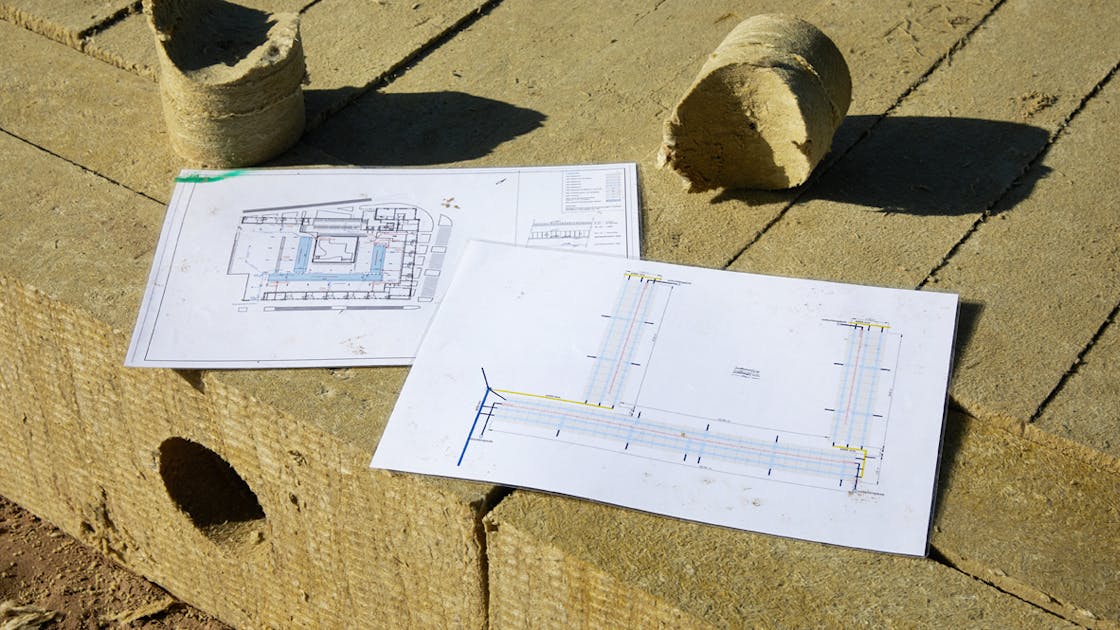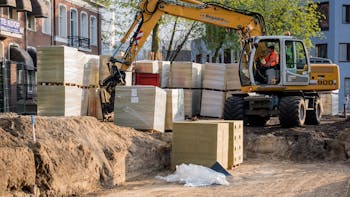The technical aspects are of great importance for the successful implementation of Rockflow. We are happy to help you identify or calculate the right technical aspects so that you can draw up a suitable Rockflow design.
We offer a number of general guidelines and (detailed) drawings for creating a Rockflow design. The step-by-step plan on this page provides you with a step-by-step overview of the necessary data and downloads. If you have any questions, you can contact the Rockflow specialists directly via the red button.
Need some help?
Our Rockflow specialists are happy to assist with the Rockflow implementation and solutions for your project.


